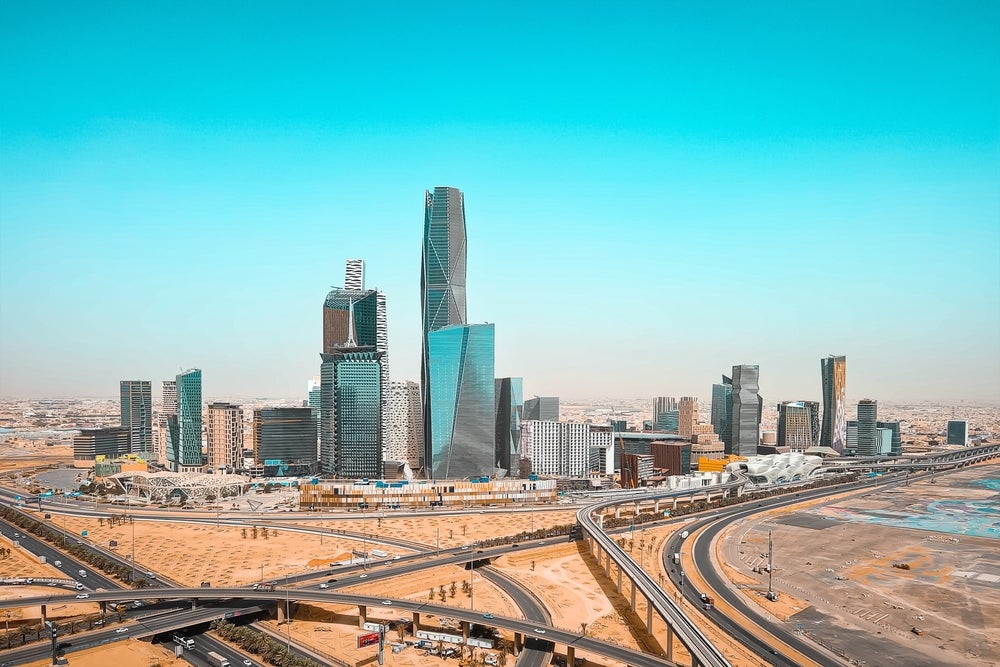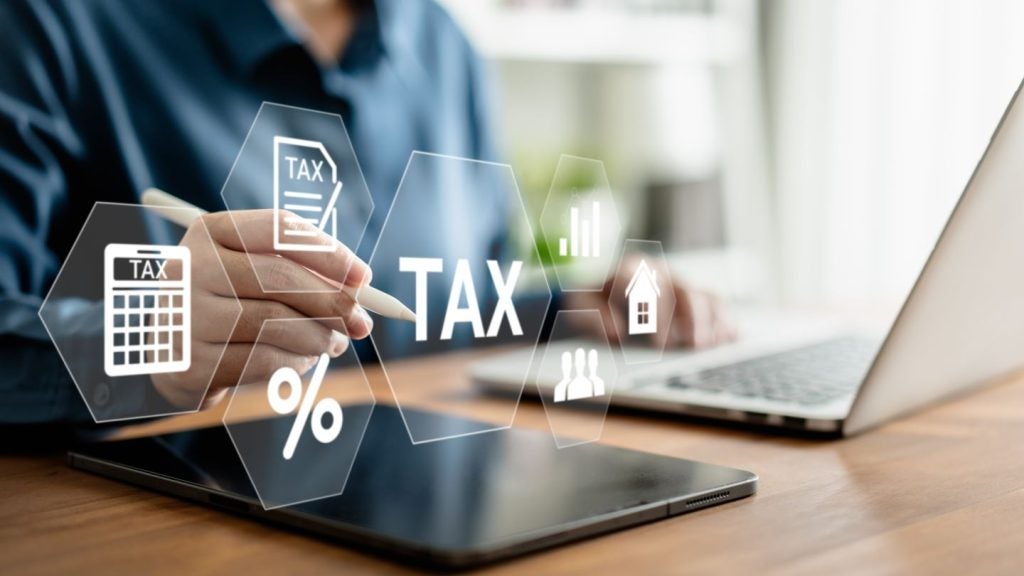
In what Goldman Sachs Research calls a “capex super-cycle,” Saudi Arabia is expected to invest $1 trillion across six strategic sectors by 2030. But the oil industry is likely to receive a smaller portion of this than previously forecast.
Roughly 73% of the investment funds will go to non-oil sectors, Faisal Al Azmeh, who heads CEEMEA equity research and covers natural resources, chemicals, and infrastructure in the Middle East, writes in his team’s report. An earlier forecast pegged non-oil investment at 66%.
Clean energy is expected to get $235 billion in funding, up from a previous forecast of $148 billion, with the increase driven mainly by renewables as Saudi Arabia more than doubles its 2030 capacity target. Saudia Arabia is also funding sectors that enable an economic diversification away from oil, such as metals and minerals, transport and logistics, and digitalisation.
Saudi Arabia is planning for a greener future
Under a directive from Saudi Arabia’s energy ministry, capex in the oil sector is likely to shrink by $40 billion between 2024 and 2028. However, natural gas continues to be “a key contributor to the country’s decarbonisation, economic development, and diversification plans,” Al Azmeh writes. His team’s estimate of Saudi Arabia’s potential investments in “upstream” oil and gas has shrunk to $190-220 billion from the previous range of $230-260 billion.
Over the past year, on the other hand, the government’s progress in renewable energy has quickened. As of June 2024, Goldman Sachs Research identified around 11 GW of solar photovoltaic capacity in the execution pipeline, in addition to 16.7GW in solar / wind capacity in planning stages. The Saudi government has raised its solar energy target for 2030 from 58.7 GW to 100-130 GW.
In trying to diversify away from oil, Saudi Arabia is focusing on other sectors. One of them is mining; Saudi Arabia aims to award more than 30 mining exploration licenses this year, and has established a $182 mineral exploration incentive program to encourage more investment in the sector.
Another focus area is transportation and logistics, as Saudi Arabia aims to become a leading logistics hub and international travel destination. The government is expected to invest around $100 billion in aviation, and another $100 billion or so in electric vehicles, logistics, and other sub-sectors.
How Saudi Arabia will pay for its $1 trillion investment plan
With oil prices remaining in the $80-$85 range and production down to 9 million barrels per day, Saudi Arabia is experiencing a modest rise in pressure on the government’s budget.
Goldman Sachs Research estimates that the country’s budget deficit will widen to 4.3% of GDP this year, up from 2% last year. Around 2.6 percentage points of the deficit is the result of increased spending, with the rest driven by lower oil revenues. It’s uncertain how a higher deficit will affect the pace of planned investments. “But we think the Capex Super-Cycle will likely remain an important theme in Saudi Arabia for the foreseeable future,” our analysts write.
Finding the money to invest in the super-cycle will bring its own challenges. Saudi Arabia has traditionally relied on bank loans to support growth. The latest Saudi banking system data for May 2024 shows that the liquidity situation in the country remains tight, with loan growth outpacing deposits. To bridge an estimated $25 billion-per-year funding gap for its capex projects, Saudi Arabia will have to tap alternative sources of financing, according to Goldman Sachs Research.
The Saudi government has made efforts to develop and deepen its equity capital markets, in a bid to reduce the burden on its banking sector. A more recent key development has been the progress made in the debt capital markets, where the government’s Public Investment Fund has been an active issuer of bonds. So far in 2024, the PIF has issued bonds worth $7.8 billion.






